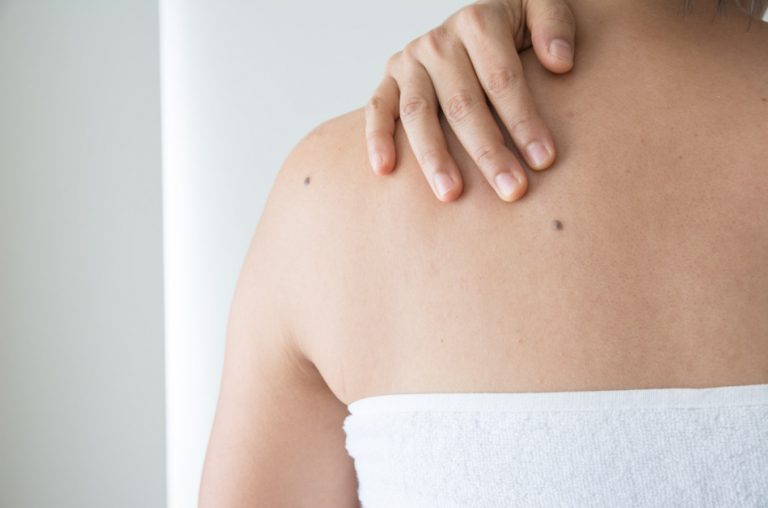The liver is a vital organ of the human body, responsible for detoxification and other essential functions. Unfortunately, it is not always easy to detect problems, as this organ does not make a sound when minor illnesses and pains occur. However, through some changes in the body, you can still find clues to abnormalities and prevent or diagnose them in time.
If the body has the following five changes, it may be that the liver is “calling for help.”
5 Symptoms that may indicate your liver is reaching out
1. Signs of edema
Edema is when the body accumulates excess fluid in the abdomen and legs, resulting in swelling and fatigue when walking. This can be a sign of liver damage, as it indicates that the blood circulation there is affected and the venous pressure level has increased.

2. Dull skin
The liver is the largest blood-storing organ in the body. When there is a problem, it will affect the efficiency of blood circulation and cause changes in the skin. The skin of the face is the place with the densest capillaries. If the blood is not nourished enough and clots and stagnates, it will appear dark and dry.
3. Yellow eyes and skin
This organ is responsible for secreting bilirubin and biliverdin. If these pigments cannot flow through normal channels, they will be mixed into the blood and transferred to various body parts. At this time, the whites of the eyes and the skin color will turn yellow.
4. Red moles
Red nevus, also called “spider nevus,” is a special capillary dilation consisting of a central micro-artery and thin-walled blood vessels in a radial pattern. When the liver’s ability to inactivate estrogen is weakened and estrogen content increases dramatically, it will lead to the appearance of red moles, which are probably related to hepatitis or even cancer of this organ.
5. Darkening of urine
It is usual for urine to darken when you don’t drink enough water. However, if the urine color is still brown or dark yellow despite average water consumption, you should be alert to whether it is caused by liver disease. Because bilirubin will be excreted with the urine, when the cells are damaged, the concentration of bilirubin increases and frequent metabolism will cause changes in the color of urine.
Four habits that can cause damage
The liver is a vital organ of the human body, and it is essential to take good care of it. However, there are habits that can damage it that should be avoided.
1. Drug abuse
With the advancement of society, the awareness of health preservation has increased. But some people often take medicine as health care products or for prevention when there is no disease. Little do they know that the liver is the leading metabolizing site of drugs, and the combination of multiple medications can quickly cause damage during the metabolic process.
2. Excessive drinking
After drinking, 95 percent of the alcohol in the body needs to be metabolized by the liver. Excessive alcohol consumption will reduce the ability of this organ to purify the blood, increase toxins in the body, and induce damage.
3. Eating processed foods
Although processed food tastes good, manufacturers often add a variety of food additives to meet sensory needs and transportation requirements. The liver will metabolize most food additives. Eating too much-processed food will also increase the burden on this organ and quickly induce damage.

4. Eating moldy foods
Do not eat stale food. Improperly stored rice, noodles, peanuts, soybeans, nuts, etc., are easily contaminated by aflatoxin. Aflatoxin is very toxic and has been identified as a first-class carcinogen, and it has a strong destructive effect on liver tissue.
Tips for protecting the liver
In daily life, it is not difficult to protect the liver. First, pay attention to the excellent combination of three meals, balanced nutrition, controlled fat intake, drinking less alcohol, using drugs with caution, and maintaining an appropriate amount of exercise daily. Then, when the body needs it, selenium can be supplemented appropriately, which is beneficial in protecting this organ.
In addition, it is essential to pay attention to the signs of damage and take preventive measures. If you experience any of the five changes mentioned above, it is vital to seek medical advice and take the necessary tests to ensure the health of your liver.
Translated by Petty Zhang
Follow us on Twitter, Facebook, or Pinterest

